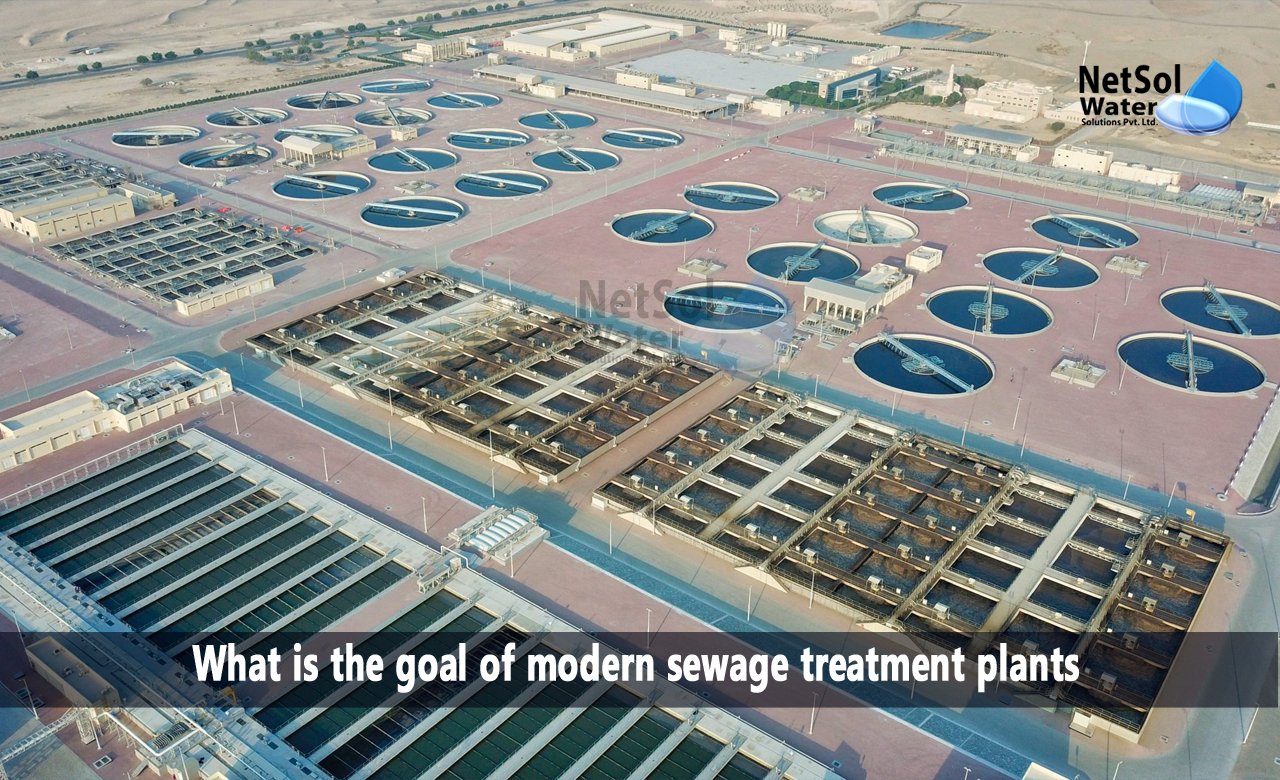A sewage treatment plant is a wastewater treatment system that uses a methodical process, to treat wastewater and human excrement. They work by lowering the biological oxygen requirement, getting rid of any sludge, and stopping the release of pathogens into the environment.
Wastewater and sewage can be handled and treated at the STP in order to lessen water contamination. Moreover, it aids in the creation of methane and fertilizer. Let’s understand the concept of modern sewage treatment plants.
Working of sewage treatment plants
There are numerous ways that sewage treatment facilities might operate. New variety of methods converts the ordinary STP into modern STP such as:
- The biological oxidation process is carried out in tanks containing, aerated liquid containing microorganisms in activated sludge plants.
- In trickling filter plants, solids are removed from liquids using suction or gravity, causing the solids to collect on filters or screens.
- Membrane bioreactors (MBRs) use bacteria to break down organic materials in an aerated liquid phase, while solids are removed using microfiltration or ultrafiltration membranes.
What is the goal of modern sewage treatment plants?
A sewage treatment plant's primary objective is to treat wastewater, and make it safe for use around people and the environment. Physical procedures like solid-liquid separation or biological procedures like aerobic digestion, can be used to treat wastewater.
A sewage treatment facility must fulfil a number of standards, including the ability to endure environmental elements like weather and seismic zones. Also, it must be able to handle wastewater, use less energy, and create less waste.
Treatment steps in modern sewage treatment plants
Wastewater from industries and manufacturing can be processed and reused. As observed at this treatment facility, this treatment involves a number of steps.
1: Large tanks are first used to pump the water, where suspended solids are allowed to sink to the bottom.
2: The water is then sent to the ponds where it is combined with certain microorganisms, which breakdown and absorb garbage. To hasten this microbial digesting procedure, the water is aerated and agitated.
3: The residual particles and bacteria clumps settle to the bottom of another set of settling tanks, where they combine to form sludge, and the water is then pumped there.
4: Any floating waste is removed from the surface by a slow-moving bar.
These settling tanks' sludge may be dumped in a landfill or burned. A basic black and white metal circle known as a Secchi disk is used, to measure the clarity of the water.
5: To the point where it is no longer visible, the disk is lowered into the water. At 61 centimetres of depth, this disk vanishes.
6: The water needs to be purified once again. In this facility, the water is pumped into a tank that houses a bed of charcoal and sand filters.
7: The filter removes the rest of the suspended particulates, while absorbing more of the dissolved compounds, including phosphates and heavy metal ions. Chlorine or other chemicals are added to kill microorganisms.
8: The water could then undergo treatment to reduce its acidity. The water is now nearly pure and devoid of suspended and dissolved waste.
9: Reclaimed water is frequently released into rivers and streams by these modern sewage treatment plants. It also gradually seeps into the groundwater and is then accessible for additional safe use.
How can we help?
Netsol Water is one of India's largest water and wastewater management companies. We are focused on the design, production, and delivery of specialized wastewater treatment systems, commercial equipment’s, and opulent facilities for the water sector.
We manufacture top-of-the-line WWTPs, STPs, WTPs, and ETPs that are highly successful at removing pollutants, from commercial and industrial wastewater. For further information, contact us at +91 9650608473 or enquiry@netsolwater.com



